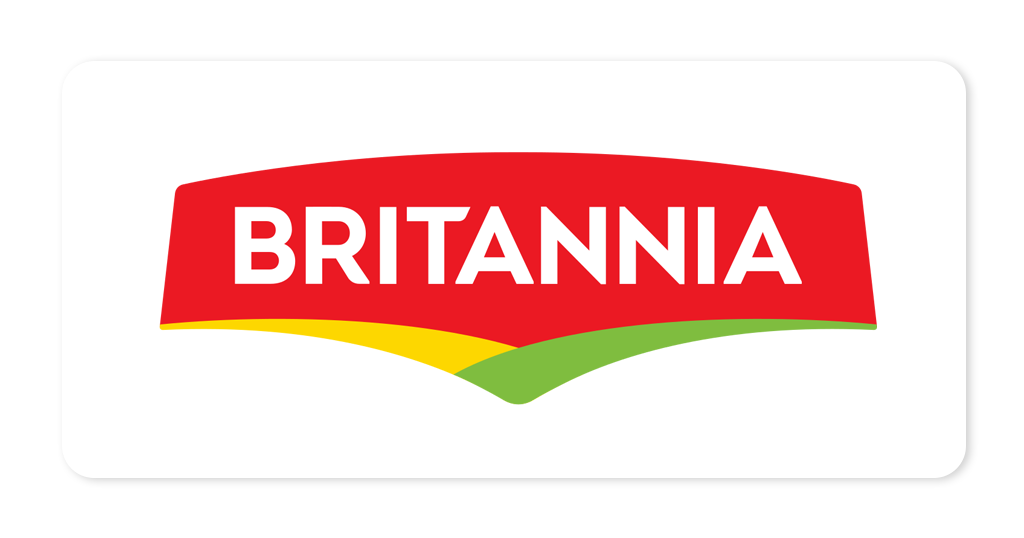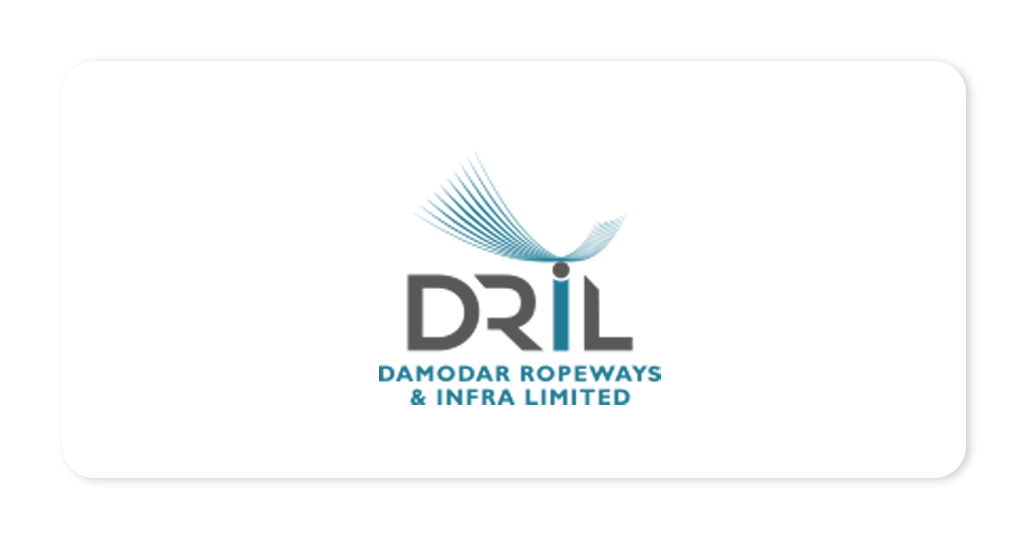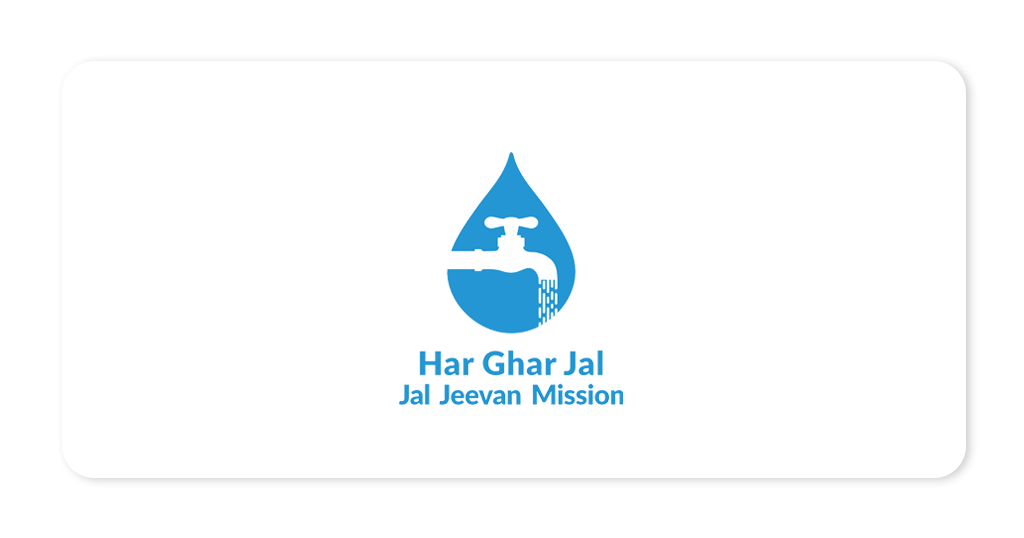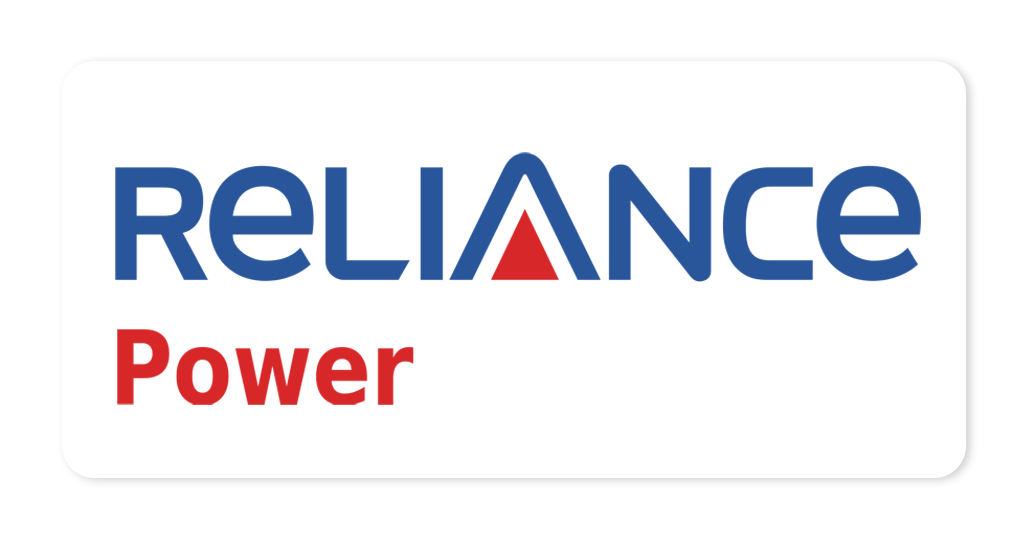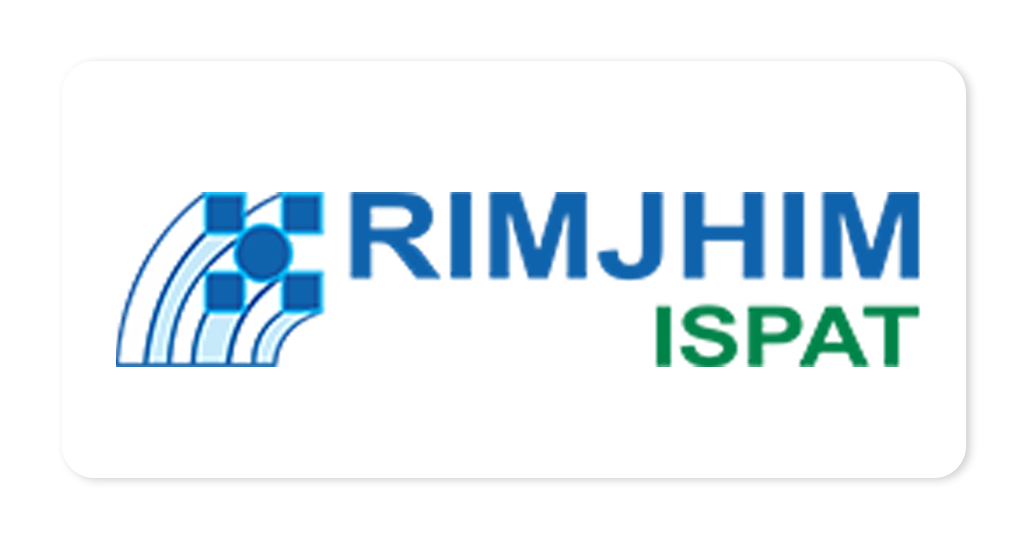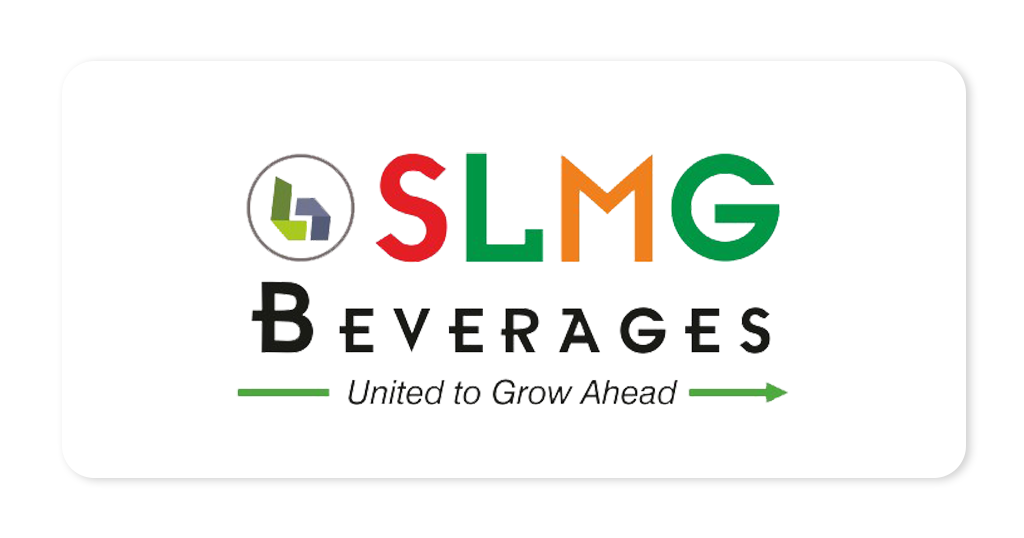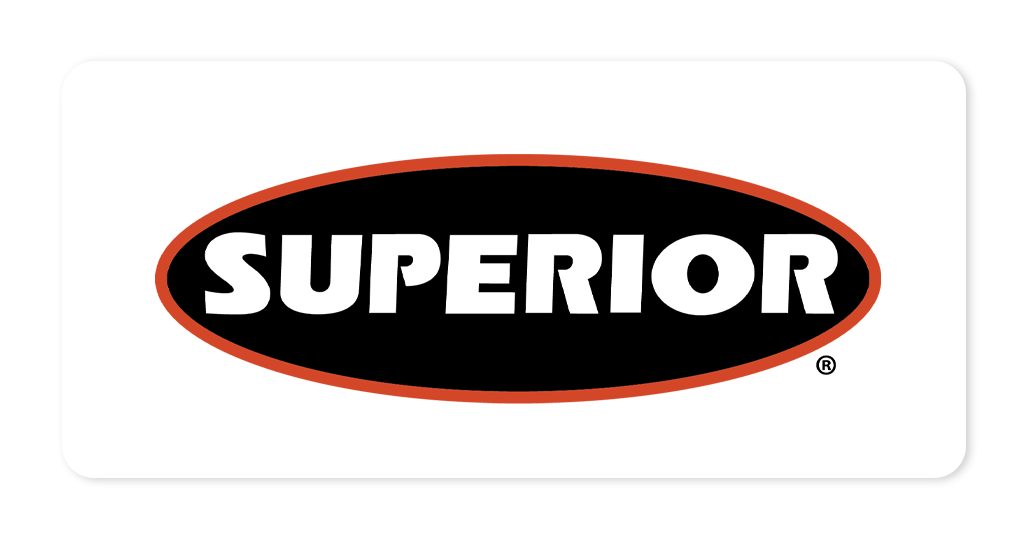23 Jul 2025
H2O Salt Detector Water Testing By Virat Global Lab

H2O Salt Detector Water Testing – Why Monitoring Salts and Minerals in Water Is Essential
Water quality isn’t only about being clear and odourless. The presence of dissolved salts and minerals plays a major role in determining its safety for drinking, agriculture, and industrial use. When these parameters exceed standard limits, they can lead to health problems, equipment damage, and reduced agricultural productivity. The H2O Salt Detector water test evaluates critical indicators like pH, Total Dissolved Solids (TDS), Salinity, Chloride, Alkalinity, Sodium, Magnesium, Calcium, and Sulphate to give a comprehensive picture of water quality.
Let’s understand each parameter in detail—its significance, sources, and potential hazards:
- pH (Potential of Hydrogen)
- What It Means: pH measures the acidity or alkalinity of water on a scale of 0 to 14.
- Acceptable Range (IS 10500:2012): 6.5–8.5
- Common Sources: Natural geological conditions, industrial discharges, acid rain, decaying vegetation.
- Why It Matters: Water that is too acidic (low pH) can corrode pipes, leach toxic metals like lead or copper, and irritate the skin or eyes. Alkaline water (high pH) can reduce chlorine disinfection effectiveness and cause taste issues.
- Total Dissolved Solids (TDS)
- What It Means: TDS indicates the total concentration of dissolved substances like salts, minerals, and organic matter.
- Recommended Limit: ≤ 500 mg/L (as per BIS)
- Sources: Natural mineral springs, urban runoff, industrial discharge, sewage leaks.
- Health Hazards: High TDS can lead to poor taste, gastrointestinal irritation, mineral imbalance, and can signal the presence of toxic contaminants like nitrates or arsenic.
- Salinity
- What It Means: Salinity refers to the total concentration of salt (mainly sodium chloride) in water.
- Sources: Seawater intrusion into groundwater, over-irrigation, saline soil leaching, road de-icing, and brine discharges.
- Why It Matters: Salty water is unsuitable for drinking and irrigation. Long-term consumption can cause hypertension, kidney stress, and dehydration. In agriculture, salinity reduces crop yields and deteriorates soil quality.
- Chloride (Cl-)
- Recommended Limit: 250 mg/L (as per BIS)
- Sources: Sewage, seawater intrusion, water softeners, industrial effluents, agricultural fertilizers.
- Health Hazards: High chloride levels can make water taste salty, damage distribution systems, and increase corrosivity, leading to leaching of heavy metals. While chloride is not toxic at low levels, it can affect people with heart conditions or high blood pressure when combined with sodium.
- Alkalinity
- What It Means: Alkalinity reflects water’s ability to neutralize acids, mainly due to carbonates and bicarbonates.
- Sources: Limestone, dolomite rocks, cement in pipelines, and natural carbonates.
- Why It Matters: High alkalinity protects against rapid pH changes but excessive levels can promote scaling, reduce disinfection efficiency, and give water an unpleasant taste. Very low alkalinity, on the other hand, makes water corrosive.
- Sodium (Na+)
- Advisory Limit: ≤ 200 mg/L (not a health-based limit)
- Sources: Natural salt deposits, industrial effluents, seawater intrusion, water softening processes.
- Health Hazards: Elevated sodium in drinking water is a concern for people with hypertension, kidney disease, or on low-sodium diets. It also affects taste and soil permeability in agricultural use.
- Magnesium (Mg²+)
- Acceptable Range: ≤ 30 mg/L
- Sources: Weathering of dolomite and magnesium-bearing rocks, fertilizers, and industrial waste.
- Why It Matters: Magnesium is essential in small amounts but excessive intake can cause laxative effects, particularly in infants and sensitive individuals. High levels also contribute to water hardness and scaling in plumbing.
- Calcium (Ca²+)
- Acceptable Range: ≤ 75 mg/L
- Sources: Dissolution of limestone, gypsum, and calcium-rich rocks.
- Health and Environmental Effects: Calcium is essential for bone health, but high concentrations can contribute to hard water, leading to scale buildup in pipes, reduced soap effectiveness, and inefficiencies in boilers and cooling systems.
- Sulphate (SO4²-)
- Recommended Limit: ≤ 200 mg/L
- Sources: Oxidation of sulphide ores, industrial effluents, fertilizers, acid mine drainage.
- Health Hazards: High sulphate levels can cause a laxative effect, dehydration, and gastrointestinal disturbances—especially in children. In industrial systems, sulphate contributes to corrosion and microbial growth (e.g., sulphate-reducing bacteria).
Why Periodic Salt and Mineral Testing Is Important
The presence and balance of salts and minerals in water determine not only its suitability for consumption but also its impact on public health, agriculture, and industry. In areas where groundwater is the primary source, salinity, sodium, and sulphate buildup are common due to over-extraction and poor water table recharge.
Regular water testing helps:
- Prevent long-term health risks.
- Avoid corrosion of plumbing and appliances.
- Maintain crop health and soil fertility.
- Comply with regulatory guidelines (IS 10500:2012, WHO).
Reliable Salt Water Testing with Virat Global Lab
For accurate and comprehensive assessment of water quality parameters like TDS, salinity, pH, chloride, and mineral content, Virat Global Lab, a division of Aseries Envirotek India Private Limited, provides H2O Salt Detector water testing services across India. With advanced lab infrastructure, trained experts, and standardized protocols, Virat helps industries, municipalities, institutions, and households detect imbalances early and take corrective action for safe and sustainable water usage.
Related Post






